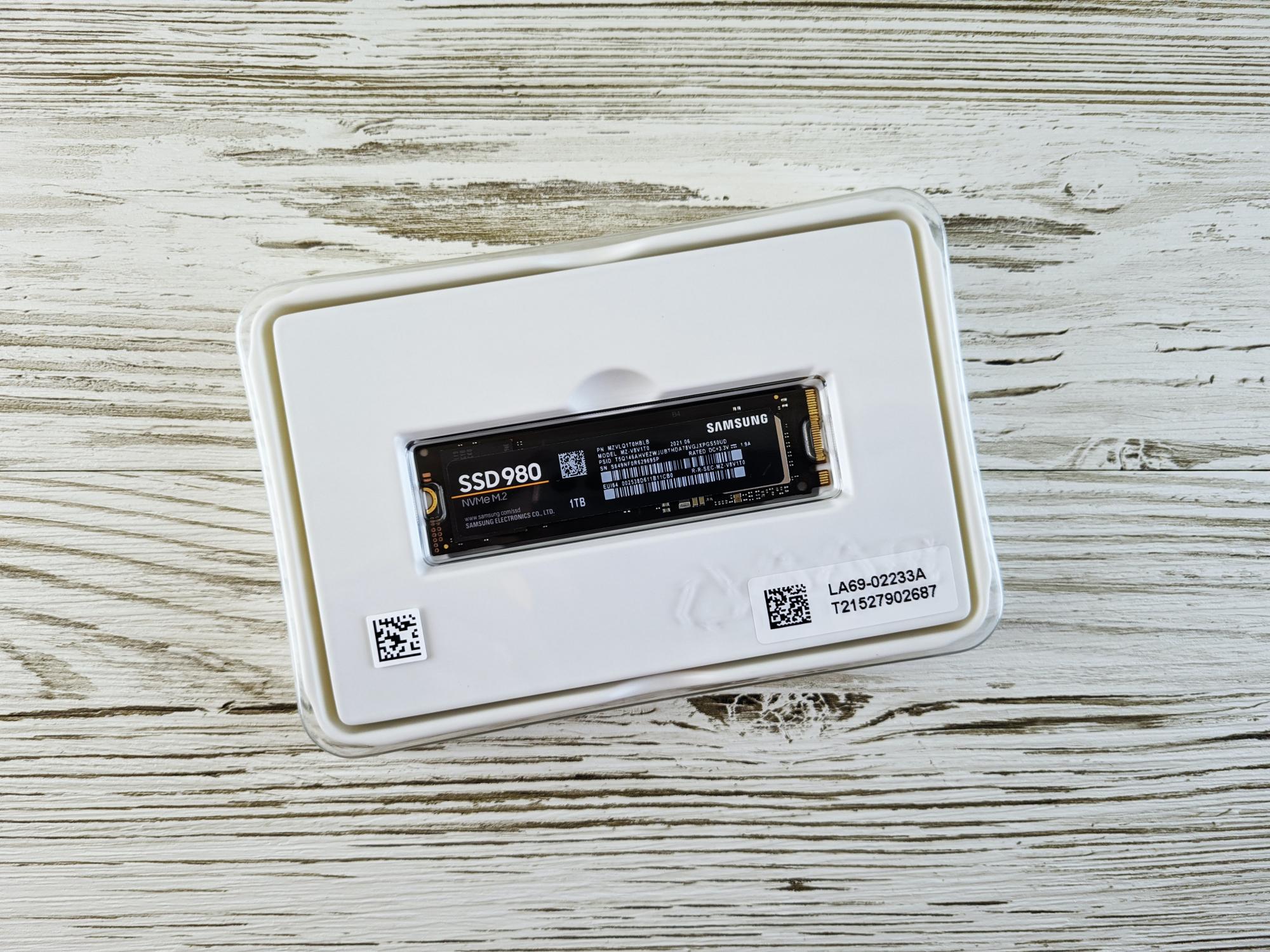Test- FTSE 100 Kicks Off August on a High as BP and Senior Lead Market Momentum
$11
10 Oct 2025, 13:13

Unsplash.com

The memory chip industry had altered its ways after years of boom-and-bust cycles. Companies would produce more predictable earnings if they combined more rigorous management with new markets for their products, such as 5G technology and cloud services.
The $160 billion sector is going through one of its biggest slumps ever, despite memory chip companies making similar claims less than a year ago. Customers are reducing their orders due to an oversupply of chips, and prices have fallen as a result.
Not only are market leaders like SK Hynix Inc. and Micron Technology Inc. losing money due to the unprecedented crisis, but their suppliers are also being negatively impacted. The economies of Asia that depend on tech exports are being hurt, and the few memory players that are left are being forced to form alliances or even consider mergers.
The industry's pandemic sales spike, which was powered by consumers furnishing home offices and acquiring laptops, tablets, and smartphones, has been quickly reversed. Due to inflation and rising borrowing rates, individuals and companies are currently delaying major expenditures. Manufacturers of those gadgets, who typically purchase memory chips, are suddenly left with excess supplies and have no need for more.
Already, every chip produced by Samsung Electronics Co. and its competitors is a loss maker. This year, their combined operational losses are expected to exceed a record $5 billion. Inventory levels, a key measure of memory chip demand, have more than quadrupled to record highs, covering the demand for three to four months.
Due to its size and wide range of businesses, Samsung appears to be the only one that will survive the crisis relatively unharmed, although even the South Korean giant's semiconductor branch is experiencing difficulties. When the business releases its quarterly profits this week, investors will have a better idea of the damage.
“The sales of chip equipment businesses are falling by 30% to 50%. The current situation is unusual” according to Greg Roh, head of technology research at HMC Investment & Securities.
The greatest intraday decline in 12 days occurred on Monday morning when shares of Samsung plunged as much as 2.3%. SK Hynix decreased by 1.6%.
A rare confluence of factors, including a pandemic hangover, the conflict in Ukraine, historically high prices, and supply-chain interruptions, are harming the business and making the fall far worse than a typical cyclical decline.
The only US memory chip manufacturer, Micron, has actively reacted to the decline in demand. In addition to lowering output, the corporation said late last month that it will reduce its budget for new plants and machinery. Chief Executive Officer Sanjay Mehrotra commented that “how swiftly our competitors take similar action, will determine how quickly the sector recovers.”
Elsewhere, Hynix has reduced investments and output in South Korea as well. The acquisition of Intel Corp.'s flash memory division by the company (a deal made before the industry's decline) is partially to blame for the company's excess inventory.
All attention is now on memory-chip powerhouse Samsung, which has so far been quiet on the short-term prospects for the sector. The largest manufacturer of semiconductors, cellphones, and display panels in the world is scheduled to release fourth-quarter financial results on Tuesday. Following the call, analysts are likely to inquire about the company's capacity management strategies.
The Korean tech titan has historically kept spending throughout recessions in the hopes of emerging from them with stronger output and more profitability when demand resumes again. Market speculation that the corporation may reduce the supply of chips this time around has increased the stock price in recent weeks.
The ability of memory manufacturers to respond to demand fluctuations has never been easy. It's difficult to get the timing perfect since it takes years and billions of dollars to open new plants.
The concerns have forced businesses in the sector to become more cautious. Profitability is more important to them than striving to expand fast and take market share.
According to Shin Jinho, co-CEO of Midas International Asset Management, this is especially true for so-called DRAM chips, where the three major suppliers, Samsung, Hynix, and Micron, are lowering supply. NAND chips, the other significant component of the memory business, are more fragmented and are expected to see more intense competition as the various competitors struggle for survival, he added.
Nonetheless, the longer-term question for these companies is, when will consumers’ demand bounce back?
(Bloomberg.com, Reuters.com)